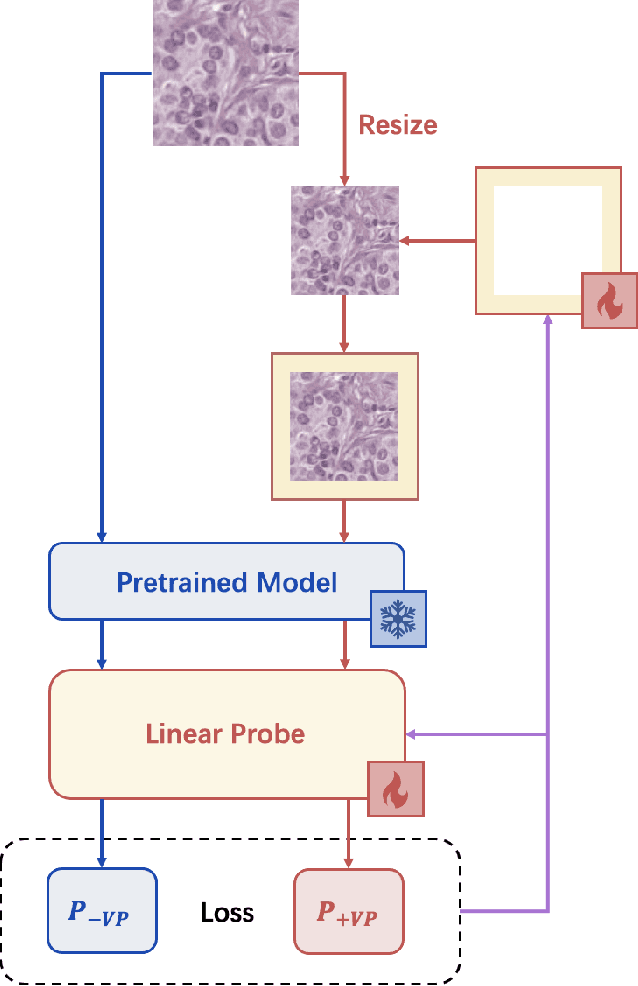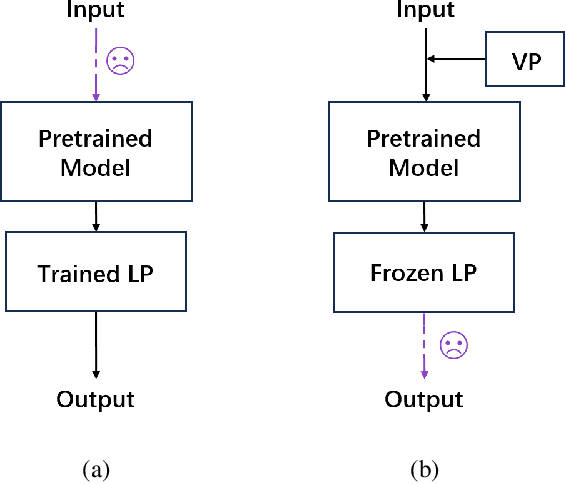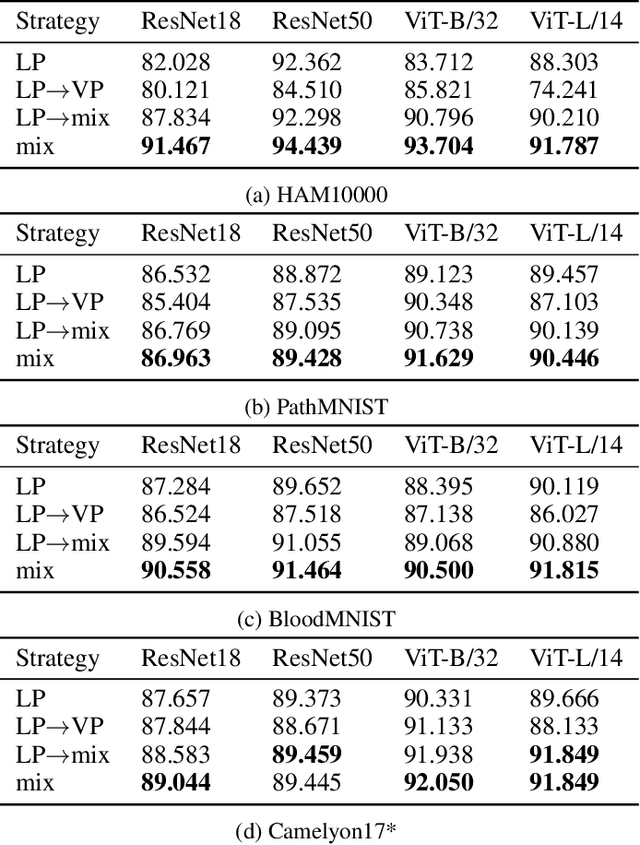Zeyu Jiang
GARF: Learning Generalizable 3D Reassembly for Real-World Fractures
Apr 07, 2025Abstract:3D reassembly is a challenging spatial intelligence task with broad applications across scientific domains. While large-scale synthetic datasets have fueled promising learning-based approaches, their generalizability to different domains is limited. Critically, it remains uncertain whether models trained on synthetic datasets can generalize to real-world fractures where breakage patterns are more complex. To bridge this gap, we propose GARF, a generalizable 3D reassembly framework for real-world fractures. GARF leverages fracture-aware pretraining to learn fracture features from individual fragments, with flow matching enabling precise 6-DoF alignments. At inference time, we introduce one-step preassembly, improving robustness to unseen objects and varying numbers of fractures. In collaboration with archaeologists, paleoanthropologists, and ornithologists, we curate Fractura, a diverse dataset for vision and learning communities, featuring real-world fracture types across ceramics, bones, eggshells, and lithics. Comprehensive experiments have shown our approach consistently outperforms state-of-the-art methods on both synthetic and real-world datasets, achieving 82.87\% lower rotation error and 25.15\% higher part accuracy. This sheds light on training on synthetic data to advance real-world 3D puzzle solving, demonstrating its strong generalization across unseen object shapes and diverse fracture types.
DexSinGrasp: Learning a Unified Policy for Dexterous Object Singulation and Grasping in Cluttered Environments
Apr 06, 2025Abstract:Grasping objects in cluttered environments remains a fundamental yet challenging problem in robotic manipulation. While prior works have explored learning-based synergies between pushing and grasping for two-fingered grippers, few have leveraged the high degrees of freedom (DoF) in dexterous hands to perform efficient singulation for grasping in cluttered settings. In this work, we introduce DexSinGrasp, a unified policy for dexterous object singulation and grasping. DexSinGrasp enables high-dexterity object singulation to facilitate grasping, significantly improving efficiency and effectiveness in cluttered environments. We incorporate clutter arrangement curriculum learning to enhance success rates and generalization across diverse clutter conditions, while policy distillation enables a deployable vision-based grasping strategy. To evaluate our approach, we introduce a set of cluttered grasping tasks with varying object arrangements and occlusion levels. Experimental results show that our method outperforms baselines in both efficiency and grasping success rate, particularly in dense clutter. Codes, appendix, and videos are available on our project website https://nus-lins-lab.github.io/dexsingweb/.
An Efficient Scene Coordinate Encoding and Relocalization Method
Dec 09, 2024



Abstract:Scene Coordinate Regression (SCR) is a visual localization technique that utilizes deep neural networks (DNN) to directly regress 2D-3D correspondences for camera pose estimation. However, current SCR methods often face challenges in handling repetitive textures and meaningless areas due to their reliance on implicit triangulation. In this paper, we propose an efficient scene coordinate encoding and relocalization method. Compared with the existing SCR methods, we design a unified architecture for both scene encoding and salient keypoint detection, enabling our system to focus on encoding informative regions, thereby significantly enhancing efficiency. Additionally, we introduce a mechanism that leverages sequential information during both map encoding and relocalization, which strengthens implicit triangulation, particularly in repetitive texture environments. Comprehensive experiments conducted across indoor and outdoor datasets demonstrate that the proposed system outperforms other state-of-the-art (SOTA) SCR methods. Our single-frame relocalization mode improves the recall rate of our baseline by 6.4% and increases the running speed from 56Hz to 90Hz. Furthermore, our sequence-based mode increases the recall rate by 11% while maintaining the original efficiency.
SBoRA: Low-Rank Adaptation with Regional Weight Updates
Jul 10, 2024



Abstract:This paper introduces Standard Basis LoRA (SBoRA), a novel parameter-efficient fine-tuning approach for Large Language Models that builds upon the pioneering works of Low-Rank Adaptation (LoRA) and Orthogonal Adaptation. SBoRA further reduces the computational and memory requirements of LoRA while enhancing learning performance. By leveraging orthogonal standard basis vectors to initialize one of the low-rank matrices, either A or B, SBoRA enables regional weight updates and memory-efficient fine-tuning. This approach gives rise to two variants, SBoRA-FA and SBoRA-FB, where only one of the matrices is updated, resulting in a sparse update matrix with a majority of zero rows or columns. Consequently, the majority of the fine-tuned model's weights remain unchanged from the pre-trained weights. This characteristic of SBoRA, wherein regional weight updates occur, is reminiscent of the modular organization of the human brain, which efficiently adapts to new tasks. Our empirical results demonstrate the superiority of SBoRA-FA over LoRA in various fine-tuning tasks, including commonsense reasoning and arithmetic reasoning. Furthermore, we evaluate the effectiveness of QSBoRA on quantized LLaMA models of varying scales, highlighting its potential for efficient adaptation to new tasks. Code is available at https://github.com/cityuhkai/SBoRA
MoVL:Exploring Fusion Strategies for the Domain-Adaptive Application of Pretrained Models in Medical Imaging Tasks
May 13, 2024



Abstract:Medical images are often more difficult to acquire than natural images due to the specialism of the equipment and technology, which leads to less medical image datasets. So it is hard to train a strong pretrained medical vision model. How to make the best of natural pretrained vision model and adapt in medical domain still pends. For image classification, a popular method is linear probe (LP). However, LP only considers the output after feature extraction. Yet, there exists a gap between input medical images and natural pretrained vision model. We introduce visual prompting (VP) to fill in the gap, and analyze the strategies of coupling between LP and VP. We design a joint learning loss function containing categorisation loss and discrepancy loss, which describe the variance of prompted and plain images, naming this joint training strategy MoVL (Mixture of Visual Prompting and Linear Probe). We experiment on 4 medical image classification datasets, with two mainstream architectures, ResNet and CLIP. Results shows that without changing the parameters and architecture of backbone model and with less parameters, there is potential for MoVL to achieve full finetune (FF) accuracy (on four medical datasets, average 90.91% for MoVL and 91.13% for FF). On out of distribution medical dataset, our method(90.33%) can outperform FF (85.15%) with absolute 5.18 % lead.
Heuristic Hyperparameter Choice for Image Anomaly Detection
Jul 20, 2023Abstract:Anomaly detection (AD) in images is a fundamental computer vision problem by deep learning neural network to identify images deviating significantly from normality. The deep features extracted from pretrained models have been proved to be essential for AD based on multivariate Gaussian distribution analysis. However, since models are usually pretrained on a large dataset for classification tasks such as ImageNet, they might produce lots of redundant features for AD, which increases computational cost and degrades the performance. We aim to do the dimension reduction of Negated Principal Component Analysis (NPCA) for these features. So we proposed some heuristic to choose hyperparameter of NPCA algorithm for getting as fewer components of features as possible while ensuring a good performance.
1st Place Solution to the EPIC-Kitchens Action Anticipation Challenge 2022
Jul 10, 2022



Abstract:In this report, we describe the technical details of our submission to the EPIC-Kitchens Action Anticipation Challenge 2022. In this competition, we develop the following two approaches. 1) Anticipation Time Knowledge Distillation using the soft labels learned by the teacher model as knowledge to guide the student network to learn the information of anticipation time; 2) Verb-Noun Relation Module for building the relationship between verbs and nouns. Our method achieves state-of-the-art results on the testing set of EPIC-Kitchens Action Anticipation Challenge 2022.
 Add to Chrome
Add to Chrome Add to Firefox
Add to Firefox Add to Edge
Add to Edge